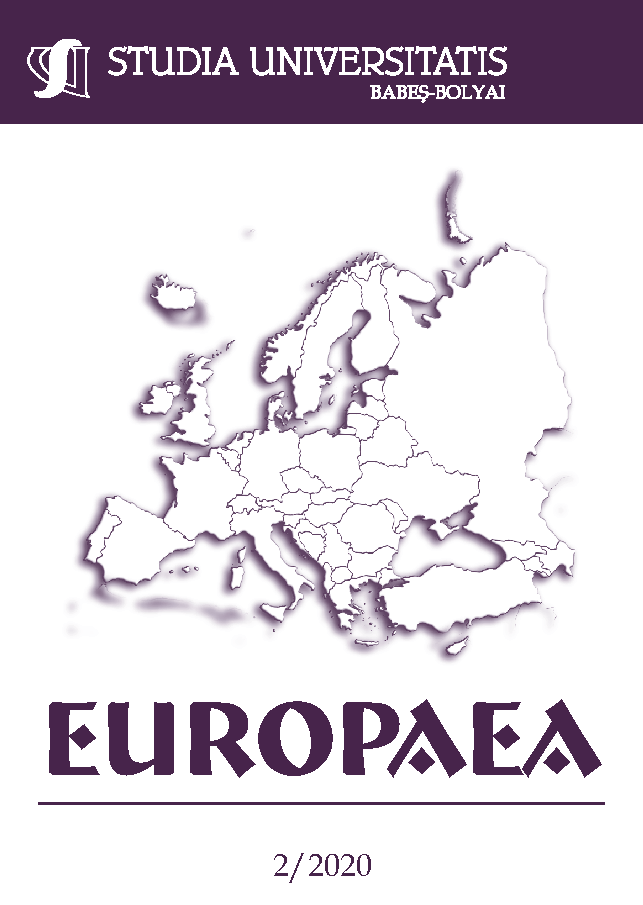TESTING THE SECOND-ORDER ELECTIONS MODEL ON THE 2019 EUROPEAN ELECTIONS IN ROMANIA
TESTING THE SECOND-ORDER ELECTIONS MODEL ON THE 2019 EUROPEAN ELECTIONS IN ROMANIA
Author(s): Nicoleta LașanSubject(s): Government/Political systems
Published by: Studia Universitatis Babes-Bolyai
Keywords: European Union; European Parliament; elections; Romania; 2019;
Summary/Abstract: The Treaty of Rome adopted in 1957 included provisions on the elections of the then European Parliamentary Assembly elections, but it took more than two decades for the members of the European Parliament to be directly elected. Immediately after the first direct elections of the European Parliament in 1979, the second-order elections model was conceived in order to understand the new type of supranational but less important elections. The model includes several hypotheses deriving from the idea that in the European elections there is less at stake, so instead of having genuine EU elections, in reality there are now 27 simultaneous national elections. The paper tests the second order elections to see whether its hypotheses are valid in the case of 2019 EU elections in Romania.
Journal: Studia Universitatis Babes-Bolyai - Studia Europaea
- Issue Year: 65/2020
- Issue No: 2
- Page Range: 359-374
- Page Count: 16
- Language: English

